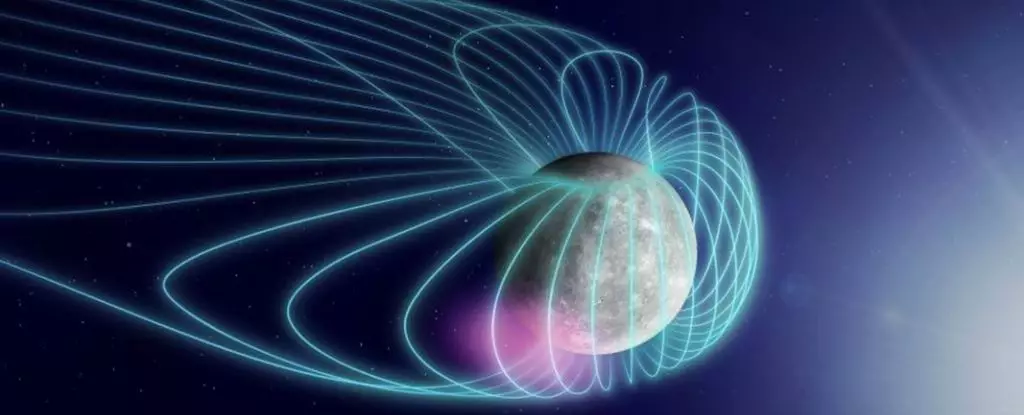In the vastness of space, where planets possess magnetospheres, a symphony of chirping and whistling, reminiscent of the melodious songs of birds at dawn and dusk, can be heard. Earth, Jupiter, Saturn, Uranus, and Neptune were previously known to emit these intriguing chorus waves. However, a recent discovery led by astronomer Mitsunori Ozaki of Kanazawa University has unveiled their presence around the enigmatic planet Mercury. This revelation is particularly remarkable considering that Mercury lacks a thick atmosphere and permanent radiation belts typically found in planets emitting chorus waves. The scientific community believes that this discovery could elucidate the magnetic environment surrounding Mercury and provide insights into the formation of planetary magnetic fields influenced by the solar wind.
Mercury, a desolate and solitary planet, presents an enigma wrapped in its barren existence. Devoid of a significant magnetic field and possessing a barely perceptible atmosphere, it endures unfavorable proximity to the scorching Sun. Constantly battered by radiation and the solar wind, this humble rock harbors unfathomable secrets. Recent explorations have unveiled that, despite its seemingly inhospitable conditions, Mercury possesses its own unique breed of auroras. Prior to the discovery of these auroras, scientists had speculated the existence of chorus waves surrounding Mercury. These waves occur when energetic electrons become trapped within a planet’s magnetosphere, following the magnetic field lines and generating plasma waves. Through the conversion of these waves into audible sounds, their character can be discerned based on the movement and location of the electrons.
Exploring the Elusive Space Environment
Despite intermittent and sparse studies on Mercury, our understanding of its space environment remains fragmented. Scientists first discovered its magnetic field through observations made by the Mariner 10 spacecraft in the 1970s. Compensating for the limited knowledge, the Mercury BepiColombo mission, initiated in 2018, includes the MIO instrument dedicated to investigating the Mercurian magnetosphere. Achieving a stable orbit around Mercury is a considerable challenge due to the Sun’s gravitational pull. However, flybys conducted by the spacecraft in 2021 and 2022 have provided valuable observations of Mercury’s magnetic field. Amongst the data collected by MIO, researchers have uncovered conclusive evidence of whistler-mode waves within Mercury’s magnetosphere.
The presence of chorus waves surrounding Mercury captivated scientists but also presented an intriguing anomaly. It was observed that these waves exclusively manifested in a limited region known as the dawn sector, offering a new puzzle waiting to be unraveled. The limited occurrence in this specific sector implies that there might be a physical mechanism either promoting the generation of chorus waves in this region or suppressing them elsewhere. To comprehend this phenomenon, the scientific team performed intricate modeling and extensive simulations. Ultimately, they concluded that the transfer of energy from electrons to electromagnetic waves occurs more efficiently within the dawn sector, resulting in the creation of these captivating whistles.
Further exploration and characterization of these mesmerizing chorus waves demand meticulous observations and comprehensive analysis. The initial detections have paved the way for researchers to plan their investigations meticulously in anticipation of MIO’s orbital insertion in 2025. The comparative study of the spatiotemporal properties of electron-driven chorus waves between Earth and Mercury remains a crucial aspect yet to be explored. Delving into this uncharted territory will shed light on the enigmatic magnetic interactions occurring within these celestial bodies.
As humanity ventures deeper into the mysteries of space, each discovery unravels new layers of cosmic wonders. The recent revelation of chorus waves around Mercury challenges conventional knowledge and drives scientists towards unprecedented investigation. With the launch of the ambitious Mercury BepiColombo mission equipped with advanced instruments like MIO, our understanding of Mercury’s captivating space environment will undoubtedly expand. As the exploration continues, the symphony of celestial melodies surrounding Mercury will surely beckon us to contemplate the awe-inspiring complexities of the universe.


Leave a Reply